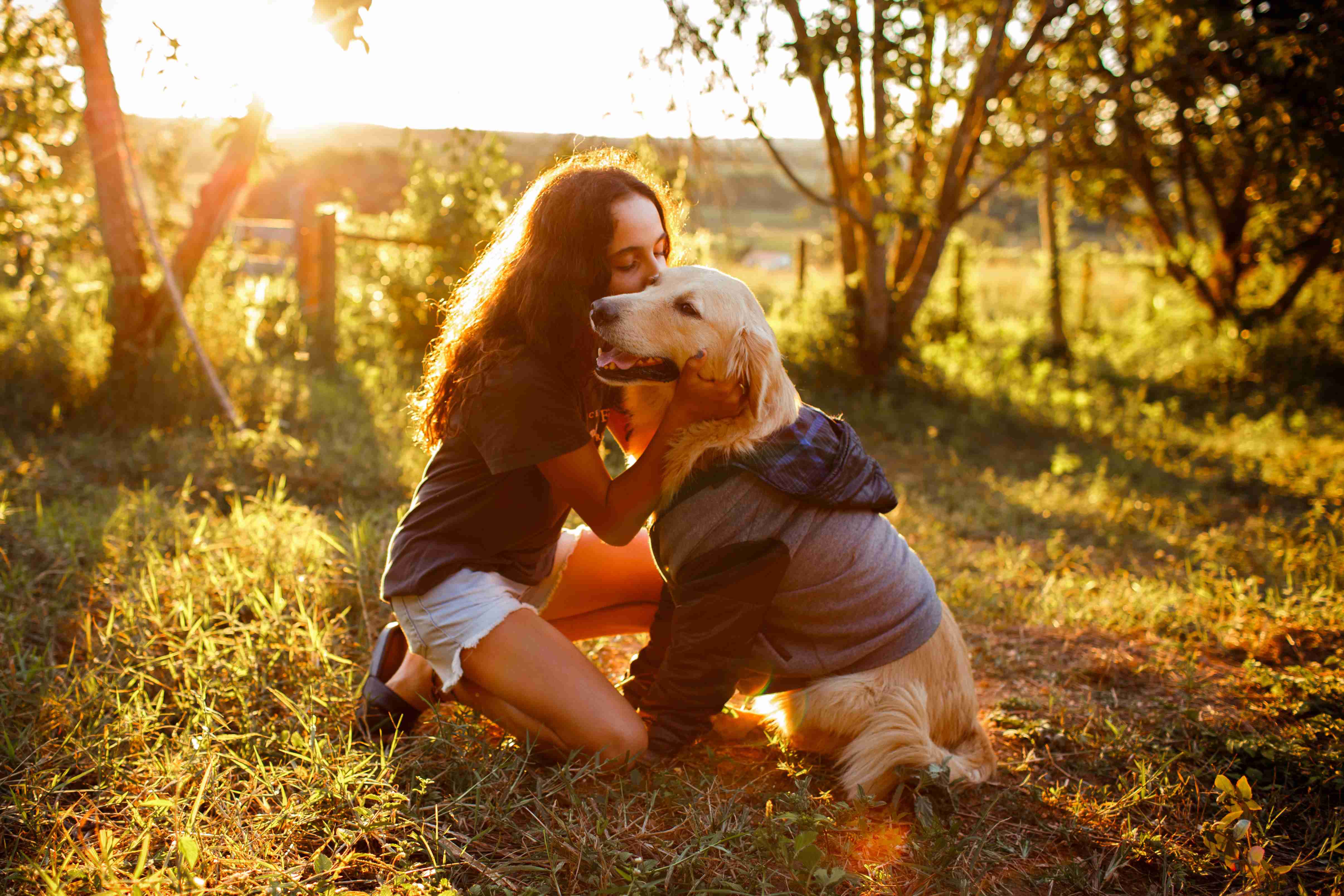As pet owners, we want nothing more than to see our beloved furry friends happy and healthy. However, just like humans, dogs can experience pain and discomfort too. It’s important to be able to recognize the signs that your Golden Retriever may be in pain, as they may not always be able to communicate it to us directly. In this blog post, we will explore 10 key signs that can indicate your Golden Retriever is experiencing discomfort. By understanding and being aware of these signs, you can take the necessary steps to ensure your furry companion receives the care and attention they need to alleviate their pain and improve their overall well-being. So, let’s dive in and learn more about how to identify if your Golden Retriever is in pain.
Understanding Canine Discomfort: 10 Key Signs Your Golden Retriever Might be in Pain
As pet owners, it’s our responsibility to ensure the health and well-being of our furry friends. Golden Retrievers are known for their friendly and playful nature, but just like any other living being, they can experience pain and discomfort. Unfortunately, our beloved canines cannot communicate their pain to us directly, which makes it crucial for us to be vigilant and look out for signs that they may be in pain. In this blog post, we will discuss the 10 key signs that your Golden Retriever might be in pain, helping you provide the care and attention they need.
1. Changes in appetite:
One of the first signs that your Golden Retriever may be in pain is a significant change in their appetite. If your dog suddenly loses their appetite or starts eating less, it could indicate that they are experiencing discomfort. Conversely, an increased appetite can also be a sign of pain, as some dogs may try to eat more in an attempt to alleviate their discomfort.
2. Lethargy and decreased activity:
Golden Retrievers are usually energetic and love to play and run around. If you notice a sudden decrease in their activity level or they seem unusually lethargic, it could be a sign of pain. Dogs in pain often become less interested in their usual activities, preferring to rest and avoid any additional stress or strain on their bodies.
3. Changes in behavior:
Pay attention to any changes in your Golden Retriever’s behavior. If your typically friendly and sociable dog becomes aggressive or withdrawn, it may be a response to pain. Dogs in pain may become irritable and less tolerant of touch or interaction.
4. Excessive licking or chewing:
If you notice your Golden Retriever excessively licking or chewing a specific area of their body, it could indicate localized pain or discomfort. This behavior is often seen in dogs with joint pain, skin irritations, or other sources of discomfort.
5. Difficulty in mobility:

Watch out for any difficulty your Golden Retriever may have while moving or getting up. If they are reluctant to jump, climb stairs, or have trouble standing from a lying position, it could be a sign of pain in their joints or muscles. They may also exhibit stiffness or limping.
6. Changes in posture:
Observe your dog’s posture carefully. Dogs in pain may assume a hunched or stiff posture, with their back arched or their head held low. They may also avoid putting weight on a particular leg or hold it up entirely.
7. Increased vocalization:
Pay attention to any increased vocalization from your Golden Retriever. Whining, whimpering, or howling can be signs that they are in pain. These vocalizations are their way of communicating their distress and seeking attention or relief.
8. Changes in sleep patterns:
Any changes in your dog’s sleep patterns should be noted. If they are having difficulty finding a comfortable position to sleep or are restless during the night, it could indicate pain. Dogs in pain may also sleep more than usual as a way to escape their discomfort.
9. Changes in grooming habits:
Golden Retrievers are known for their impeccable grooming habits. If you notice a sudden decline in their grooming routine, such as a lack of interest in grooming themselves or excessive licking of a particular area, it could be a sign of localized pain or discomfort.
10. Avoidance of physical contact:
Lastly, if your Golden Retriever starts avoiding physical contact or flinches when touched in certain areas, it is a strong indication that they are experiencing pain. Pay attention to any signs of discomfort your dog displays during petting or grooming sessions.
Understanding the signs of pain in your Golden Retriever is essential for their overall well-being. By being attentive and proactive, you can ensure that they receive the necessary care and treatment to alleviate their discomfort. Always consult with a veterinarian if you suspect your dog is in pain. Remember, our furry friends rely on us to be their advocates, and by recognizing the signs of pain, we can provide them with the love and support they need to live happy and pain-free lives.
In conclusion, being aware of the signs that your Golden Retriever may be in pain is crucial for their overall well-being. By closely observing their behavior, body language, and physical changes, you can identify any discomfort they may be experiencing and take appropriate action. Remember, early detection and prompt veterinary care are essential in ensuring that your furry friend lives a happy and pain-free life. So, stay vigilant, be proactive, and most importantly, show your Golden Retriever the love and care they deserve. Together, we can ensure their comfort and happiness for years to come.





%20-%20Copy.jpg)
.jpg)

.jpg)